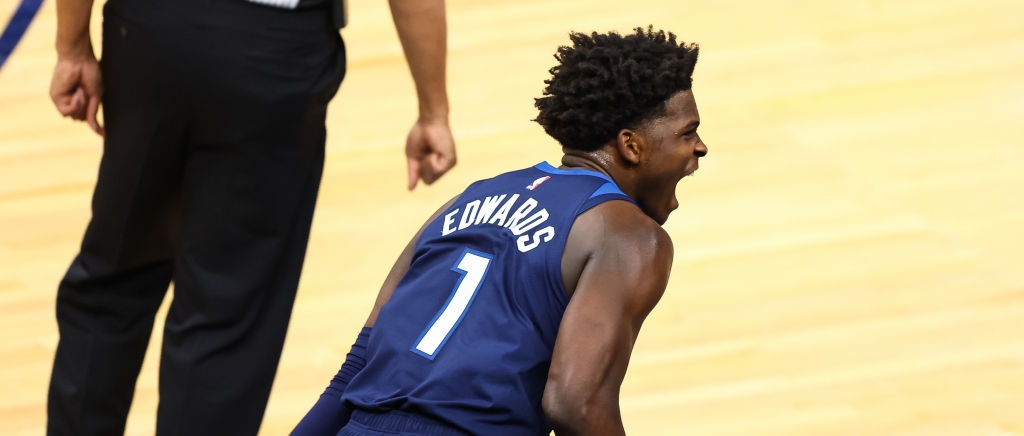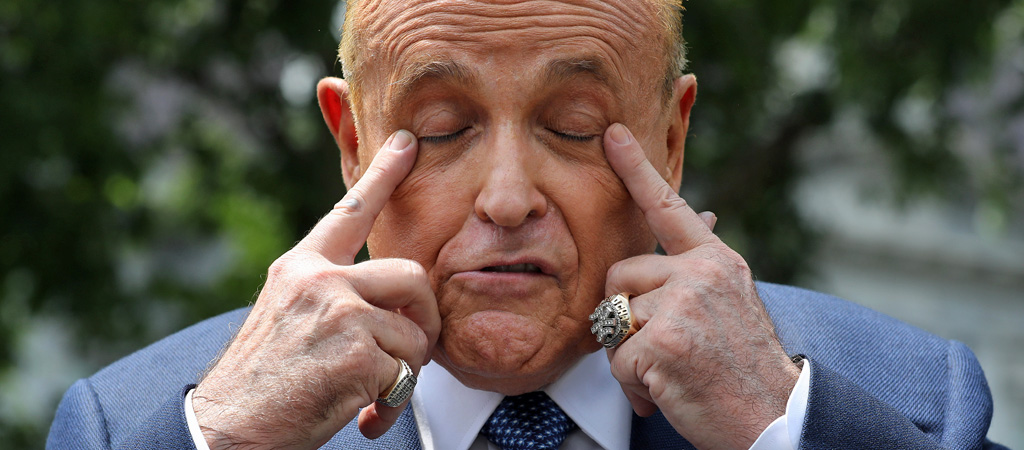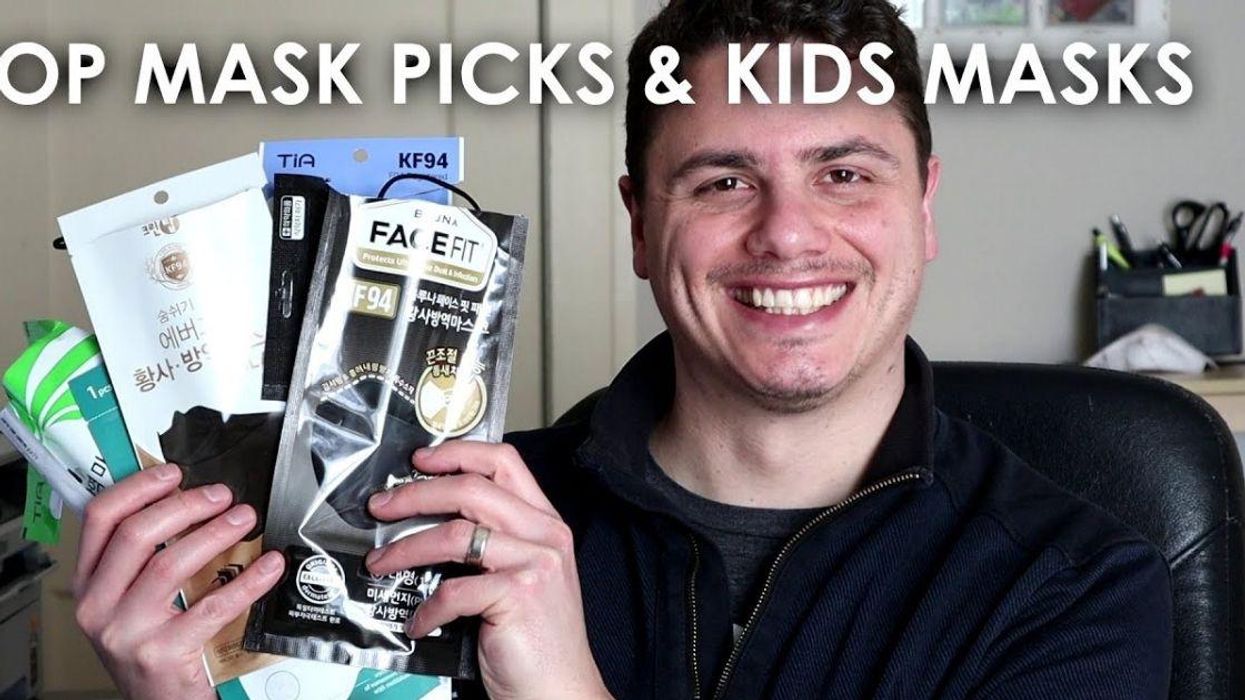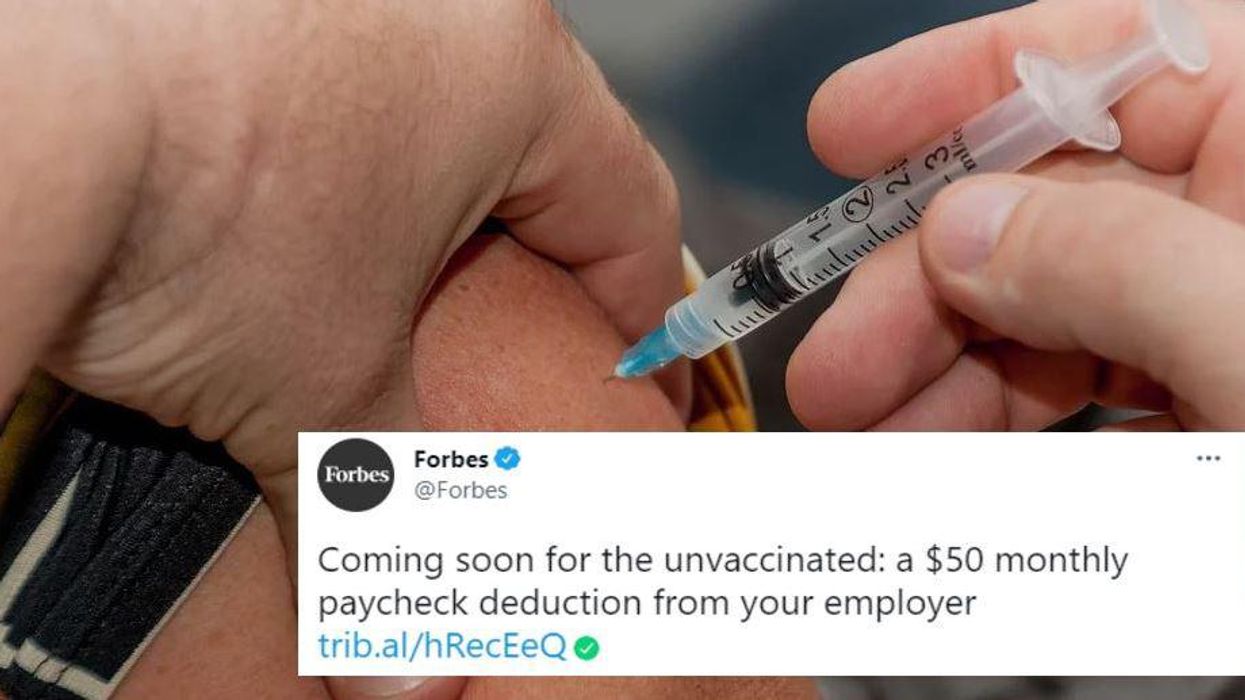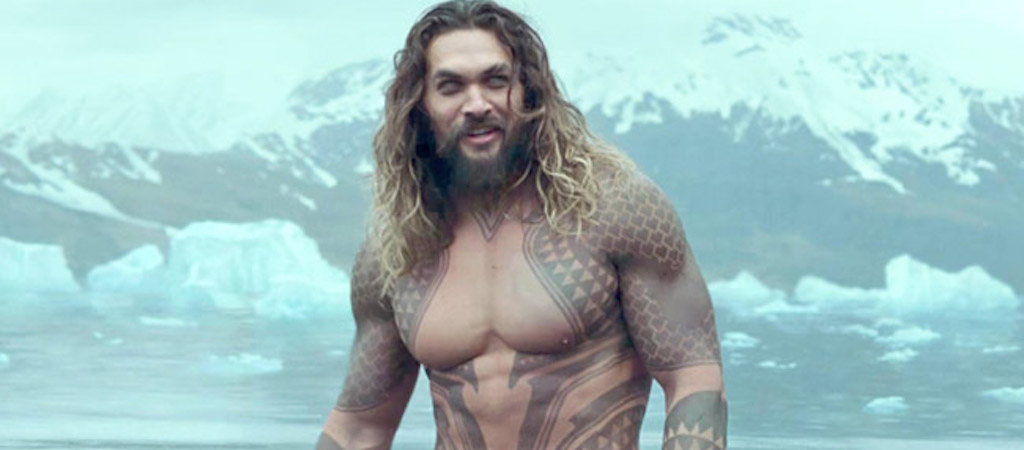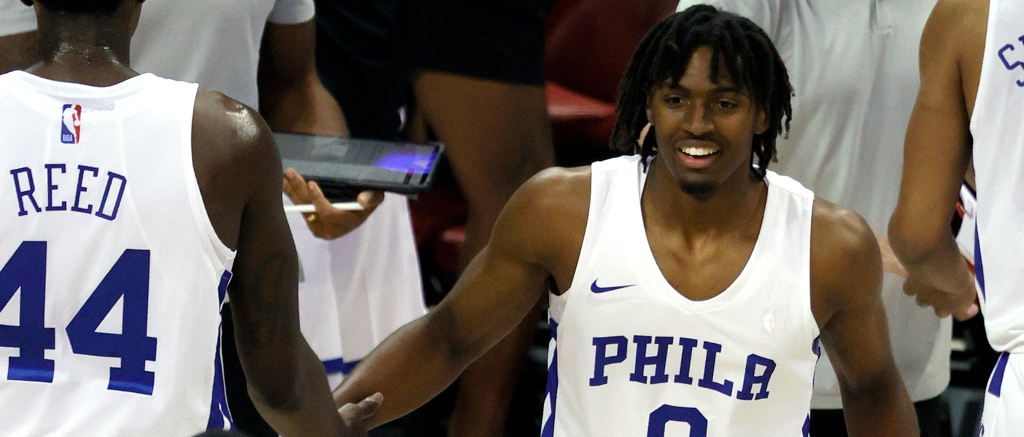
The end of summer is the age of the hazy, juicy IPA. In fact, to stay refreshed and have your thirst quenched, I say the juicier the better. While I have a hard time getting behind crafty American fruited sours that look more like a glass of neon pink juice, I can easily throw back fruity, juicy, tropical-flavored hazy IPA from now until October (and beyond).
New England IPAs pair well with rich cheeses, grilled meats, and backyard games (ladder ball anyone?). In general, they’re filled with citrus, mango, peach, and other delicious fruit notes and go down (way too) easily on a hot day. Especially if you’re standing in a backyard next to a grill critiquing your friend’s steak flipping technique.
The only problem (if you consider it to be a problem at all) is the fact that juicy IPAs are usually reasonably high in alcohol (around six to eight percent ABV). So, you don’t want to crack one open only to realize that you don’t enjoy it. Luckily, I’m here to help.
To get the most out of this blind taste test, we picked a few highly rated juicy IPAs and a few underrated gems that you might not have heard about. While all of them can’t be picked up at your local grocery store, you should be able to find them at high-end beer shops. The point is to blindly rank juicy IPAs that you might actually want to bring to an end-of-summer backyard cookout. If they were impossible to find, what would be the point?
Here are our contenders:
- Tree House Julius
- Voodoo Ranger Juicy Haze
- Night Shift The 87
- Offshoot Relax
- Toppling Goliath King Sue
- Sloop Juice Bomb
- Mighty Squirrel Cloud Candy
- Threes Logical Conclusion
Let’s enjoy these hazy gems!
Part 1: The Taste
Taste 1:
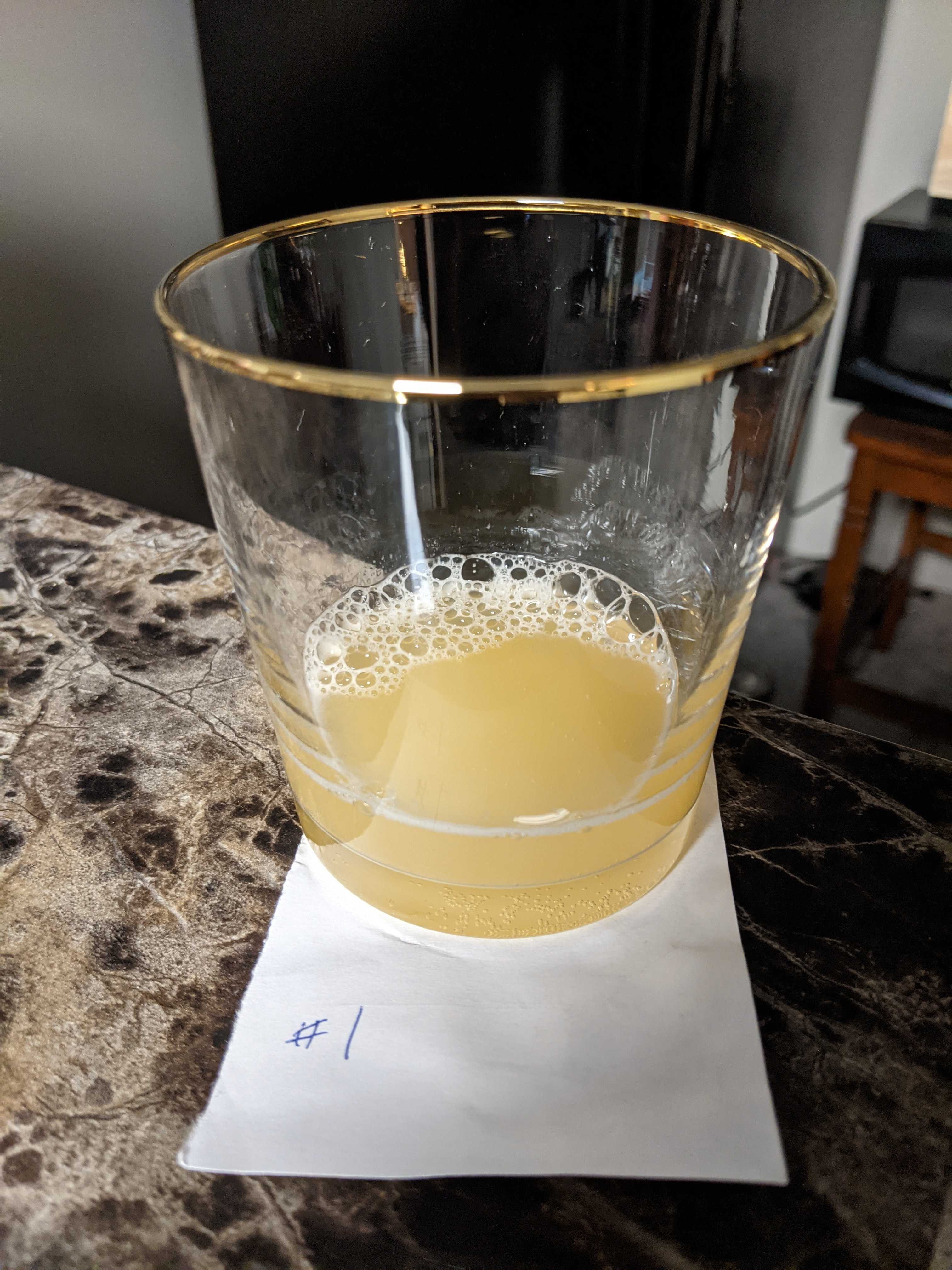
Tasting Notes:
There’s a strange bread-like scent that goes along with mango, peach, and citrus zest. It smells almost too sweet for my liking. The flavor is fairly muted with hints of biscuit-like malts, grapefruit, and mango. It’s not such a bad thing to not be overwhelmed with flavors, but I prefer a little more excitement from my hazy IPAs.
Taste 2:

Tasting Notes:
Nosing this beer, I was struck by the intense aromas of lemongrass, stone fruits, and sweet malts. The palate is surprisingly well-balanced for a hazy IPA with a nice malt backbone that works perfectly with the flavors of mango, guava, peaches, grapefruit, and a slight, piney, bitter hops presence at the very end. All in all, it’s a fairly enjoyable beer.
Taste 3:

Tasting Notes:
On the nose, I found hints of passion fruit, orange zest, grapefruit, mango, slight caramel malts, and just a hint of resinous pine. The flavor is a combination of spruce tips, ripe peaches, caramel malts, pineapple, and various other juicy, mouth-watering tropical fruits. This just might be the most well-balanced New England-style IPA I’ve ever sipped.
Taste 4:

Tasting Notes:
The nose has prevalent tangerine and pineapple notes, but not much else. The flavor is citrus-centric with lemon, orange, but there are also tropical fruit flavors and a light malt presence. It’s a decent beginner hazy IPA but tastes a little mass-produced.
Taste 5:
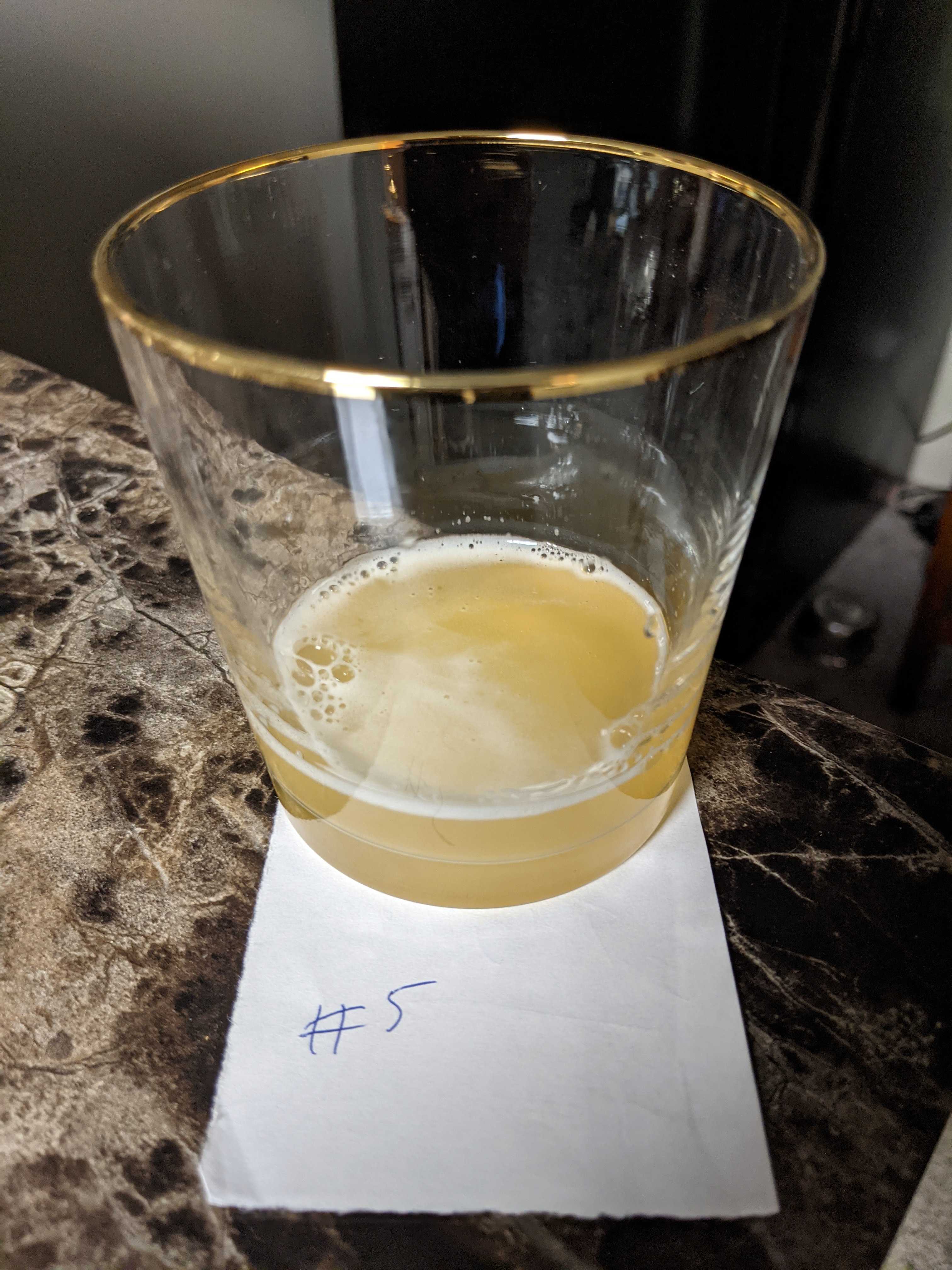
Tasting Notes:
Complex aromas of ripe grapefruit, sweet mangos, passion fruit, and berries highlight the nose. Sipping it reveals more peach, pineapple, lemon zest, and just a hint of bread-like malts. The last few sips are resinous piney and a little dry.
Taste 6:
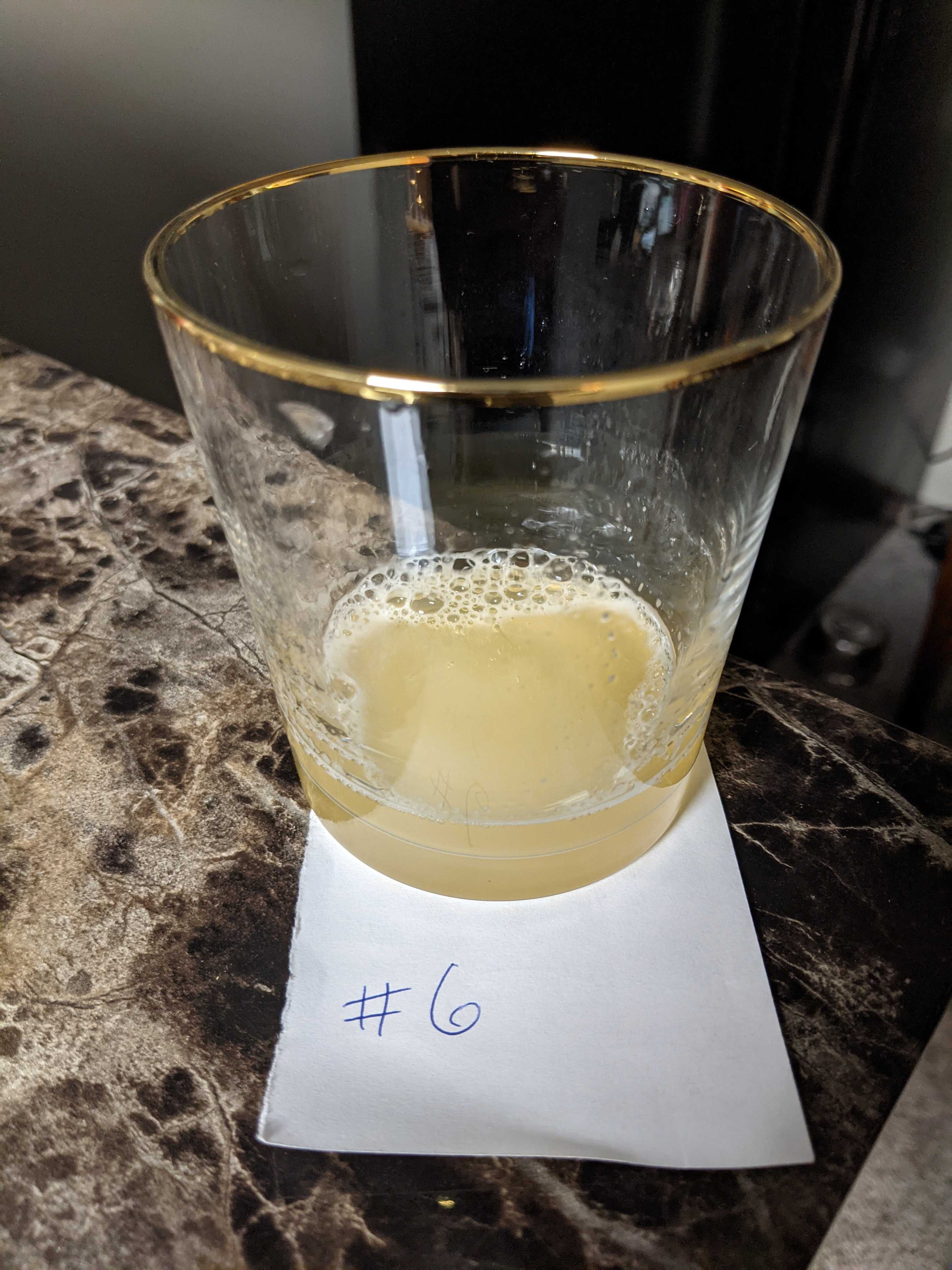
Bottom Line:
While many hazy IPAs are citrus-centric, this beer’s nose is all tropical fruits, leading with guava, mango, papaya, and pineapple. The palate is more even with more tropical fruits and the addition of tangerine, lime, and a final note of resinous pine to make you remember you’re drinking an IPA and not a glass of pineapple juice.
Taste 7:

Tasting Notes:
Breathing in the aromas of this beer is like smelling a tropical fruit salad. There are scents of ripe pineapple, papaya, mango, and just a hint of pine tree aroma. The palate is loaded with flavors like passion fruit, pineapple, grapefruit, tangerines, and resin. The finish is just bitter enough to let you know that you’re enjoying an IPA.
Taste 8:

Tasting Notes:
The citrus aromas are center stage with this beer. There’s orange, tangerine, bright lime, grapefruit, as well as nice juicy pineapple and other tropical flavors. The palate is swirling with more tropical fruits, citrus, and a nice malty backbone that brings it all together.
Part 2: The Ranking
8. Voodoo Ranger Juicy Haze — Taste 4
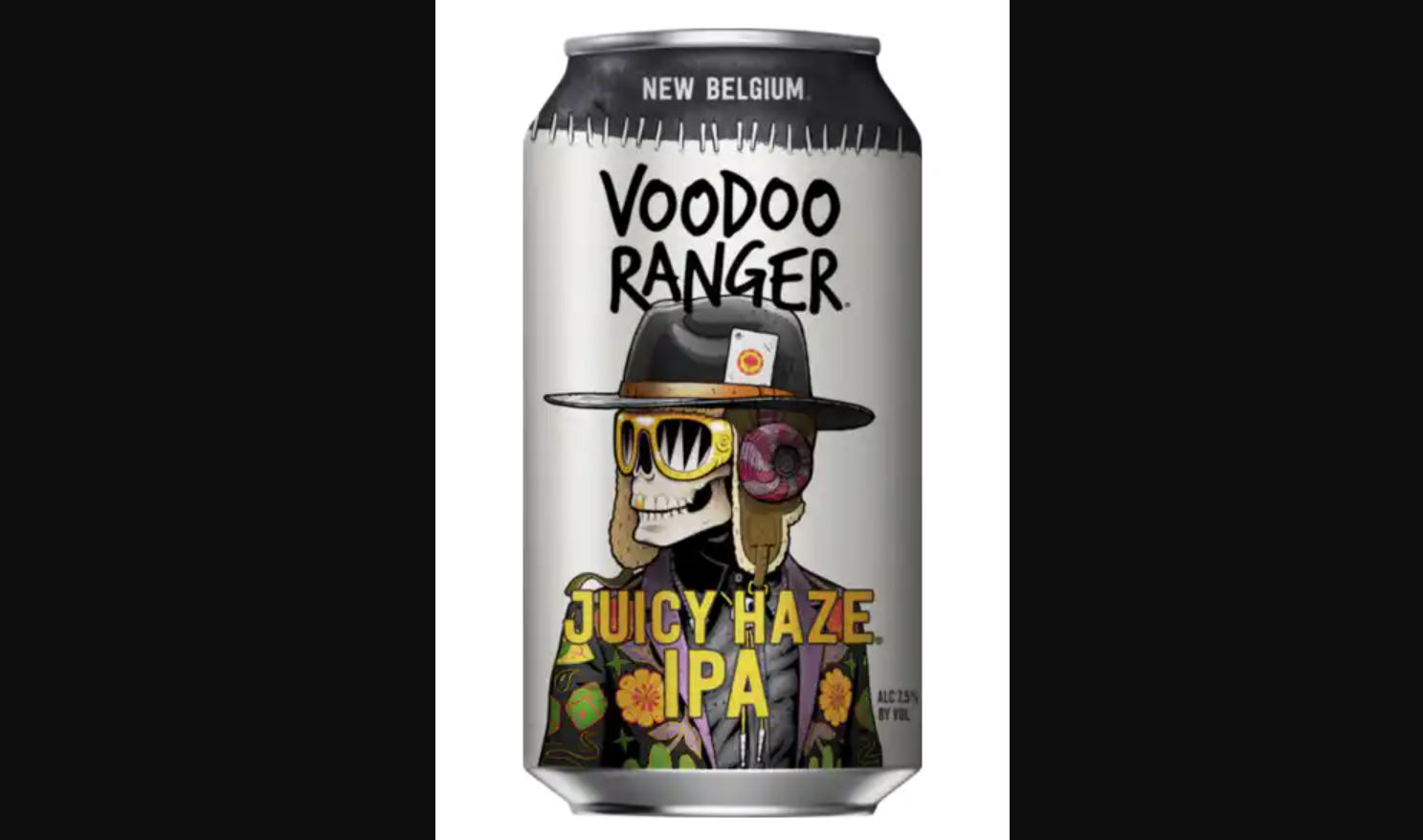
ABV: 7.5%
Average Price: $12 for a six-pack
The Beer:
A few years ago, New Belgium branched off with its series of Voodoo Ranger IPAs and now has quite a collection. This 7.5 percent hazy IPA was brewed with Hefeweizen yeast, Pale, Wheat, C-80 malts, Oats, as well as Citra, Cascade, Centennial, Simcoe, and Nugget hops.
Bottom Line:
There’s no disputing the juiciness of this beer. It has everything beginner hazy drinkers crave. It just doesn’t have enough of them to hold my attention.
7. Offshoot Relax (It’s Just A Hazy IPA) — Taste 1

ABV: 6.8%
Average Price: $16 for a four-pack of 16-ounce cans
The Beer:
With a name like Relax (It’s Just A Hazy IPA) you better bet this is the type of hazy, juicy beer you drink while you put your feet up after a long day. Brewed with London III yeast, 2-Row, and Carafoam malt, flaked oats, and Citra, Amarillo, Centennial, and Simcoe hops, it’s fruity with a slightly bitter, floral backbone.
Bottom Line:
This isn’t a bad hazy IPA. In fact, it’s pretty good. It just lacks the mouthfeel and overall taste I expect in a juice bomb of an IPA.
6. Night Shift The 87 — Taste 2

ABV: 8%
Average Price: $16 for a four-pack of 16-ounce cans
The Beer:
This hazy double IPA was named after the brewery’s address in Everett, Massachusetts. It’s 8 percent ABV and was created to have a juicy, cloudy appearance and a nice balance between caramel malts and juicy, fruity hops.
Bottom Line:
This beer is great. The only reason it didn’t land further up on the list is that I selected some pretty outstanding brews. This one is just a hair behind some of the others in terms of overall flavor.
5. Threes Logical Conclusion — Taste 5

ABV: 7%
Average Price: $20 for a four-pack of 16-ounce cans
The Beer:
This 7 percent brew is listed as “hoppy American ale”, but it’s so much more than that. Brewed with German pilsner malt, German malted wheat, American wheat flakes, as well as Citra, Simcoe, and Mosaic hops, the brewery uses many descriptive words to explain this beer and the best one is that it tastes like “Gushers”.
Bottom Line:
If you’re looking for a juicy, tropical beer, this is your jam. The only thing that stops it from falling higher on the list is that the ending, instead of continuing with the juicy nature, is a little drier and more bitter than expected.
4. Toppling Goliath King Sue — Taste 8

ABV: 7.8%
Average Price: $20 for a four-pack of 16-ounce cans
The Beer:
Toppling Goliath King Sue is one of the most well-respected hazy IPAs on the market for a reason. This 7.8 percent double IPA is brewed exclusively with Citra hops, guaranteeing it more resembles a glass of orange juice with hops in it than a beer.
Bottom Line:
Even though this beer was only brewed with one hop variety, it’s enough. Sometimes simple is better. This is a big, bold, juicy beer well-suited for summer drinking.
3. Mighty Squirrel Cloud Candy — Taste 6

ABV: 6.5%
Average Price: $15 for a four-pack of 16-ounce cans
The Beer:
Cloud Candy is brewed for those of us with arrested development. The kind of adults who still seek out cotton candy when they’re at a fair. It’s hazy, cloudy, and filled with dominant fruity tropical flavors thanks to dry-hopping with Mosaic and Citra hops.
Bottom Line:
This beer is a murky, hazy juice bomb you won’t soon forget. If you’re into more tropical-based hazy IPAs, this is the beer for you.
2. Sloop Juice Bomb — Taste 7

ABV: 6.5%
Average Price: $20 for a four-pack of 16-ounce cans
The Beer:
You definitely know what you’re getting into when you crack open a Sloop Juice Bomb. This 6.5 percent New England-style IPA is filled with citrus and tropical fruit flavors, but that’s not all. While not bitter like your traditional IPA, there’s also a nice resinous, floral hop flavor that rounds everything out.
Bottom Line:
This beer completely lives up to its name. It’s a literal juice bomb that’s well-suited for late summer, backyard sipping. I’d pair it with a burger and a nice game of croquet or corn hole.
1. Tree House Julius — Taste 3

ABV: 6.8%
Average Price: $5.50 for a 16-ounce can
The Beer:
Tree House Julius commonly finds itself on a list of best New England IPAs. The flagship beer of the Massachusetts brewery, it’s well-known for its creamy mouthfeel and balance of citrus, tropical fruits, and pleasing bitterness.
Bottom Line:
This is a juicy, fruity, citrusy gem. But it also has enough malt presence and slightly bitter pine to round everything together perfectly. It’s the kind of beer I’d sip all summer long and not even think of picking up something else.
Part 3: Final Thoughts
Blind taste tests are always guaranteed to have a surprise or two. This is especially true when all of the beers on the list are absolute bangers. All I use to rank these are my senses of smell and taste. That’s it. So, if your favorite beer didn’t land as high on this list, that’s too bad. Do your own ranking and tell us how it turned out!
As a Drizly affiliate, Uproxx may receive a commission pursuant to certain items on this list.

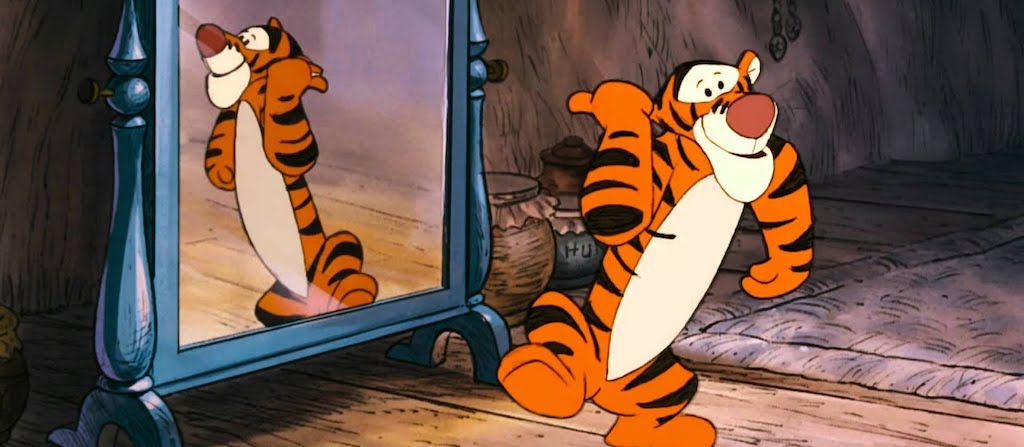




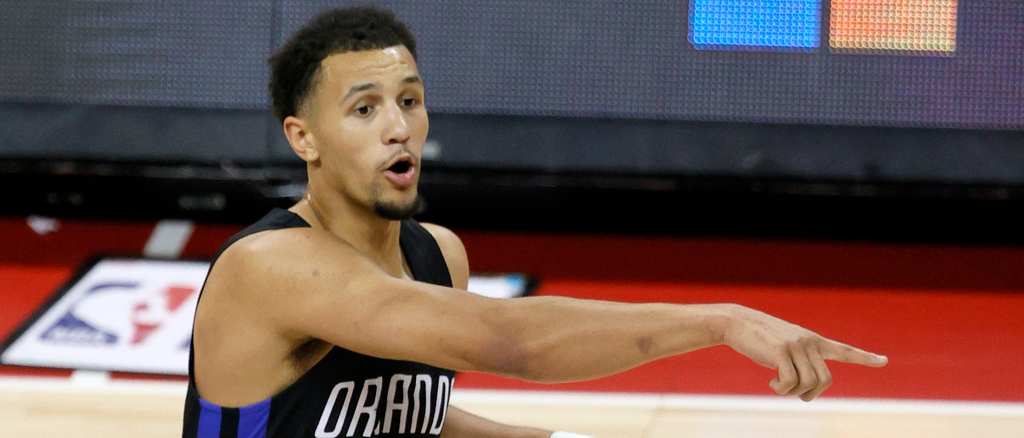






 (@Dubs4O8)
(@Dubs4O8) 